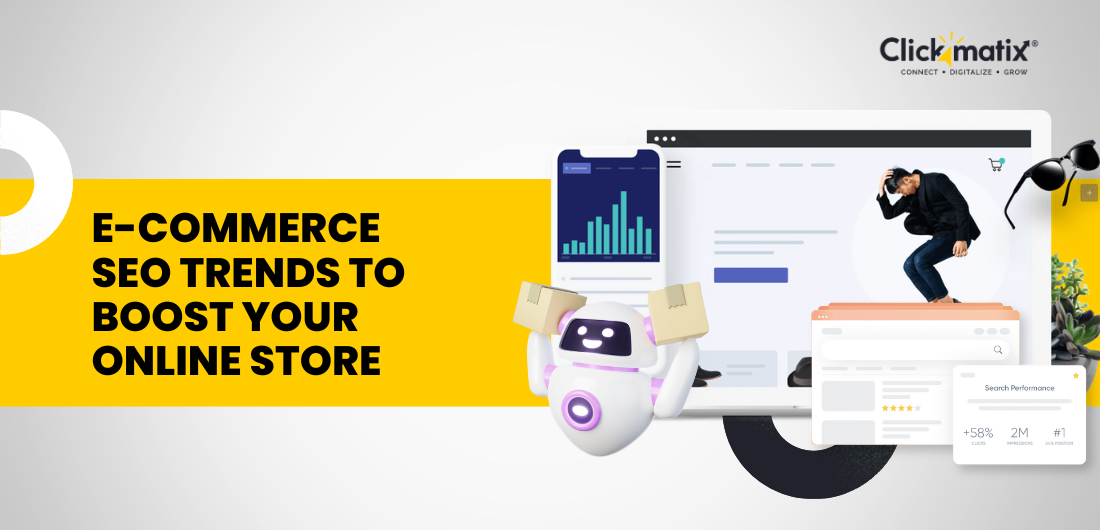
These days, running an online store without a solid SEO strategy is like opening a shop in the middle of nowhere. You’ve put in the hard work to build your e-commerce platform, but without SEO, potential customers may never find you. This blog aims to educate e-commerce business owners about the latest e-commerce SEO trends that can significantly boost their search rankings, drive traffic, and increase conversions.
Why SEO is Crucial for E-commerce Success
The Growing E-commerce Market
The e-commerce industry is growing at a breakneck pace. With more people shopping online, the competition to capture that digital market share is fierce. Whether you’re selling clothing, electronics, or specialty items, you’re up against thousands, if not millions, of competitors. In this crowded market, how do you stand out? That’s where SEO comes into play. SEO helps you rise above the competition by making your store more visible to potential customers who are searching for products like yours.

Role of SEO in Driving Organic Traffic
You might wonder why organic traffic matters when paid ads can generate quicker results. Organic traffic is not only more cost-effective in the long run, but it also builds trust with your audience. People tend to trust organic search results more than paid ads. When your site ranks higher in search results, you’re seen as a credible source. SEO helps attract these users by optimising your website to match what people are searching for, driving highly relevant traffic to your store.
Adapting to Google’s Changing Algorithms
Google’s algorithms are constantly evolving, and your rankings can plummet if you’re not keeping up. Every year, Google introduces changes that shift the SEO landscape. Being adaptive and proactive ensures that your online store remains visible. Whether it’s mobile-first indexing or updates to Core Web Vitals, staying ahead of these changes is crucial to maintaining or improving your site’s ranking.
E-commerce SEO Trend 1: Mobile-First Indexing
Mobile Usability as a Ranking Factor
In 2024, if your website isn’t optimised for mobile, you’re already behind. More than half of all internet traffic comes from mobile devices, and Google’s mobile-first indexing means that your mobile site is what Google uses to rank your store. If your mobile site is slow or hard to navigate, you’re missing out on a huge chunk of potential customers. Mobile usability, like responsive design and quick loading times, is no longer a “nice-to-have” – it’s a must.
Strategies for Mobile-First SEO
Optimising for mobile-first SEO involves several key strategies:
- Responsive Design: Ensure your website adjusts seamlessly across different devices.
- Page Speed: Compress images, use a content delivery network (CDN), and optimise your code to ensure fast load times.
- Mobile-Friendly Navigation: Make sure your menus and buttons are easy to use on a smaller screen.
These small adjustments can make a significant impact on your site’s SEO performance.
E-commerce SEO Trend 2: Voice Search Optimisation
Growing Popularity of Voice Search
“Hey, Google, where can I buy organic skincare products online?” Sound familiar? Voice search is on the rise, and it’s changing the way people search. According to recent studies, more than 40% of adults use voice search daily, and this number is expected to grow. People speak differently than they type. This means the keywords they use in voice searches are longer and more conversational.
How to Optimise for Voice Search
To optimise for voice search, focus on:
- Targeting Long-Tail Keywords: These are longer, more specific search terms that mimic natural speech.
- Conversational Language: Your content should answer common questions in a natural tone.
- Structured Data: Use schema markup to help search engines understand your content better and improve voice search results.
By adapting your SEO strategy to voice search, you make your store more accessible to this growing audience.
E-commerce SEO Trend 3: Enhanced User Experience (UX)
Core Web Vitals and Page Speed
Google introduced Core Web Vitals as a key ranking factor, and they are more important than ever in 2024. These vitals measure how your site performs in terms of loading time, interactivity, and visual stability. A poor user experience, especially when it comes to site speed, can lead to higher bounce rates. Your goal should be to provide a fast, smooth, and easy-to-navigate shopping experience to your users.
Improving User Navigation and Structure
Good user experience goes beyond speed. It’s also about how easy it is to navigate your website. Organise your product pages logically, improve internal linking, and streamline your checkout process. Not only does this improve E-commerce SEO, but it also increases the likelihood that visitors will make a purchase.
E-commerce SEO Trend 4: Video Content for SEO
The Rise of Video in E-commerce
Video content is no longer optional for e-commerce websites. It’s becoming one of the most engaging ways to showcase products. Whether it’s product demonstrations, testimonials, or behind-the-scenes looks, videos keep users on your site longer, which improves your SEO. Moreover, videos are 50 times more likely to rank on the first page of Google than text content alone.
Optimising Video Content for Search Engines
To make the most out of your video content, be sure to:
- Optimise Video Titles and Descriptions: Include relevant keywords in the title and description of your videos.
- Use Video Transcripts: Transcripts can help search engines understand your content and rank it more effectively.
- Tag Your Videos: Proper tagging can improve your video’s chances of appearing in search results.
E-commerce SEO Trend 5: Structured Data and Rich Snippets
Importance of Structured Data for E-commerce
Structured data, also known as schema markup, helps search engines understand your content better. For e-commerce stores, this means providing detailed information about products, such as price, availability, and reviews, which can then be displayed as rich snippets in search results.
Implementing Rich Snippets for Products
Rich snippets provide extra information in search results, making your products stand out. Here’s how to implement them:
- Add Schema Markup: Use schema to tag important product details like price and stock.
- Leverage Review Markup: Displaying product ratings can improve click-through rates.
Implementing rich snippets not only boosts your visibility but also enhances user trust, as it makes your listings appear more detailed and professional.
E-commerce SEO Trend 6: Local SEO for E-commerce
Increasing Focus on Local SEO
Even e-commerce stores need to consider local SEO, especially if they have physical locations or offer local delivery. With Google focusing more on local search intent, optimising your site for local keywords and creating a Google Business Profile profile is essential.

Get weekly insights for revenue-shifting results
Sign up for our newsletter and be the first one to know about our exclusive offers, digital marketing news and updates.
|
|
Thank you for Signing Up |


Tactics for Local Search Visibility
To improve your local SEO:
- Use Location-Based Keywords: Target keywords specific to your location or service area.
- Optimise Your Google Business Profile Profile: Keep your information up-to-date and encourage satisfied customers to leave reviews.
E-commerce SEO Trend 7: AI and Automation in SEO
Role of AI in Modern SEO
Artificial intelligence is revolutionising the way SEO is done. From automated content generation to predictive analytics, AI tools can streamline many SEO tasks that once took hours of manual work.
Leveraging AI for E-commerce SEO
For e-commerce stores, AI can help in:
- Keyword Research: AI tools can analyse massive amounts of data to find profitable keywords.
- Content Optimisation: AI-driven platforms can optimise your content for readability, SEO, and even user intent.
Incorporating AI into your SEO strategy saves time and helps you stay ahead of the competition.
E-commerce SEO Trend 8: Personalisation and Customer-Centric Content
The Shift Toward Personalised Experiences
E-commerce shoppers expect personalised experiences. Whether it’s product recommendations or personalised email campaigns, customisation is key to improving SEO and customer satisfaction.
How to Create Customer-Centric Content
To create content that resonates:
- Analyse Customer Data: Use analytics to understand what your customers are looking for and create content that speaks to their needs.
- Tailor Product Recommendations: Personalise shopping experiences based on customer behaviour and preferences.
Personalisation isn’t just a trend—it’s the future of e-commerce, and it plays a vital role in SEO.
Conclusion
In summary, the top e-commerce SEO trends to focus on include mobile-first indexing, voice search optimisation, enhanced user experience, video content, structured data, local SEO, AI integration, and personalised content. Adapting to these trends will not only improve your search engine rankings but also help your store attract and retain more customers.
By staying ahead of these trends and continually optimising your site, you can ensure that your e-commerce business thrives in this highly competitive market.
In search for strategic sessions?
Let us understand your business thoroughly and help you
strategies your digital product.
It's time to call your business-
a brand!
Australian Owned Agency
Save Time and Money
Unbeatable Value
Where Work Gets Done
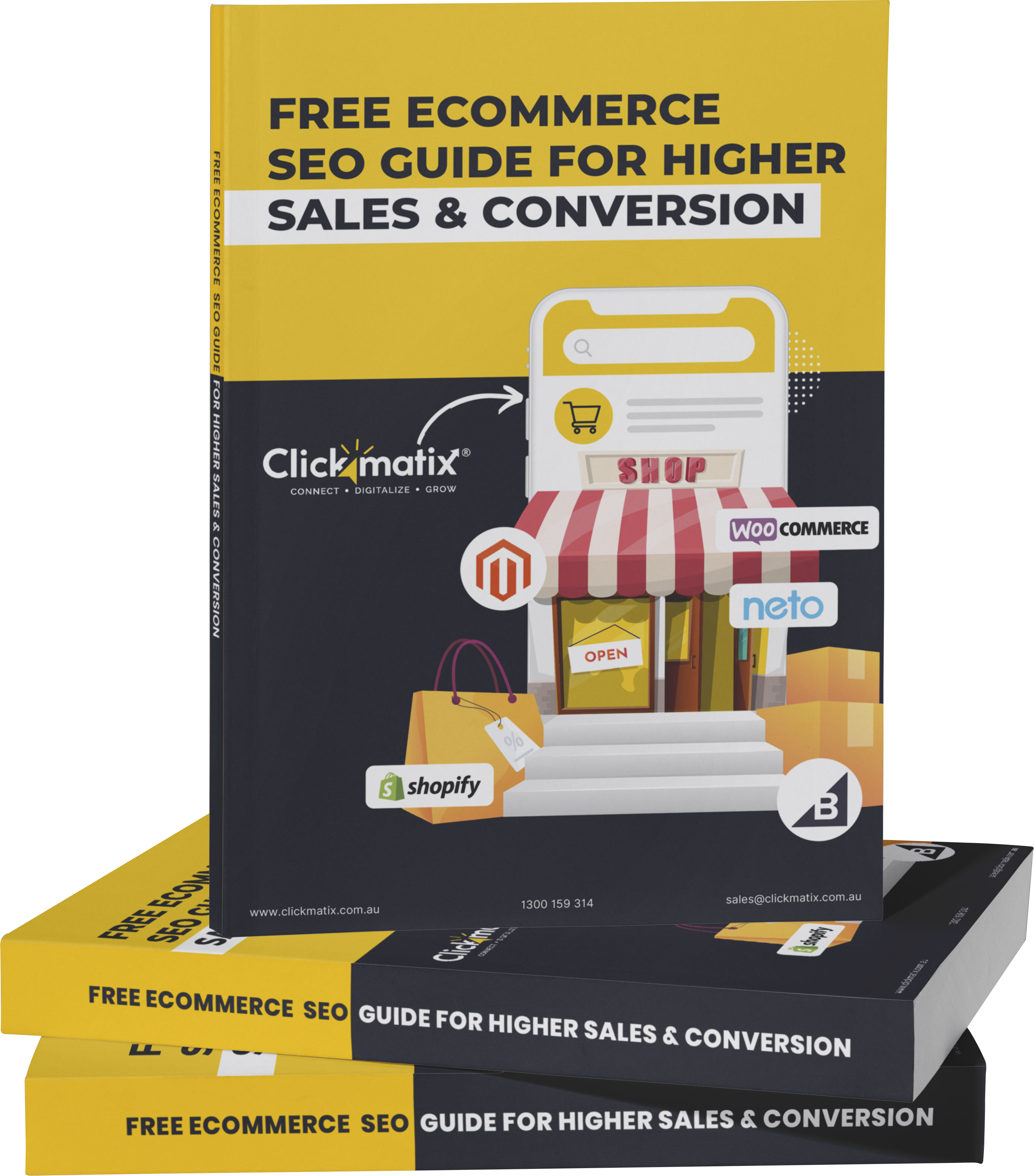
free Ecommerce SEO guide for Higher Sales & Conversion



THE ULTIMATE MARKETING GUIDE FOR LAWYERS



Youtube Ads Guide How to Advertise on Youtube



free Ecommerce SEO guide for Higher Sales & Conversion


It's time to call your business-
a brand!
Australian Owned Agency
Save Time and Money
Unbeatable Value
Where Work Gets Done


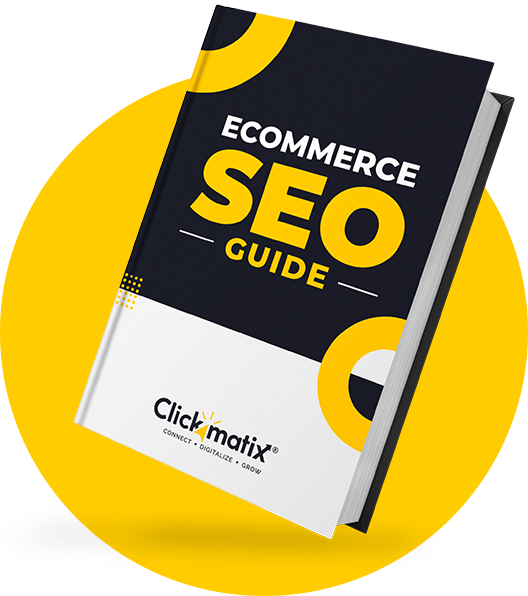
The Game-Changing Ecommerce SEO Guide That Will Blow Your Mind & Sales
With this Ecommerce SEO Guide, you'll be able to:
- Develop a Ecommerce SEO strategy.
- Build a content marketing strategy that aligns with your business goals.
- Convert your website visitors into paying customers.



Youtube ads guide how to advertise on youtube
With this Youtube ads Guide, you'll be able to:
- Develop a Youtube ads strategy.
- Build a type of ads of your own that aligns with your business goals.
- Generate revenue from youtube ads.
It's time to call your business-
a brand!
Australian Owned Agency
Save Time and Money
Unbeatable Value
Where Work Gets Done











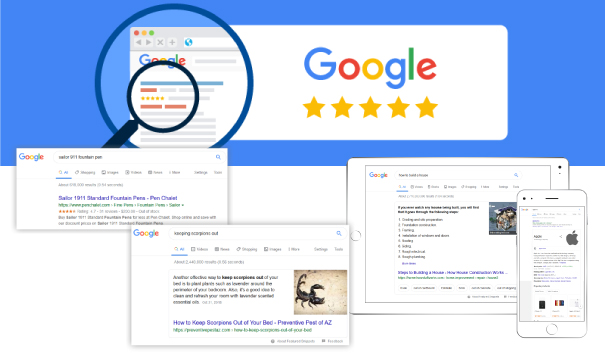



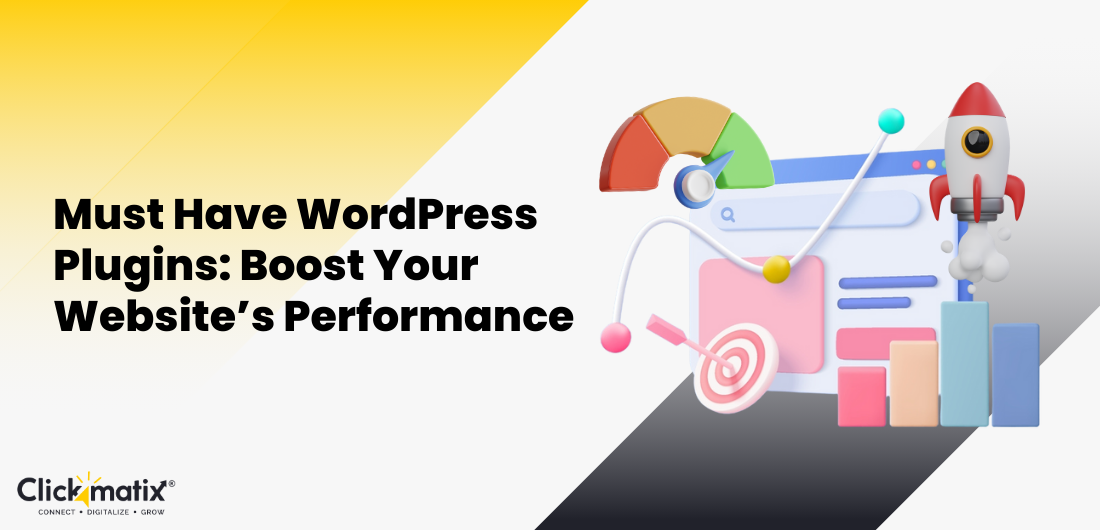

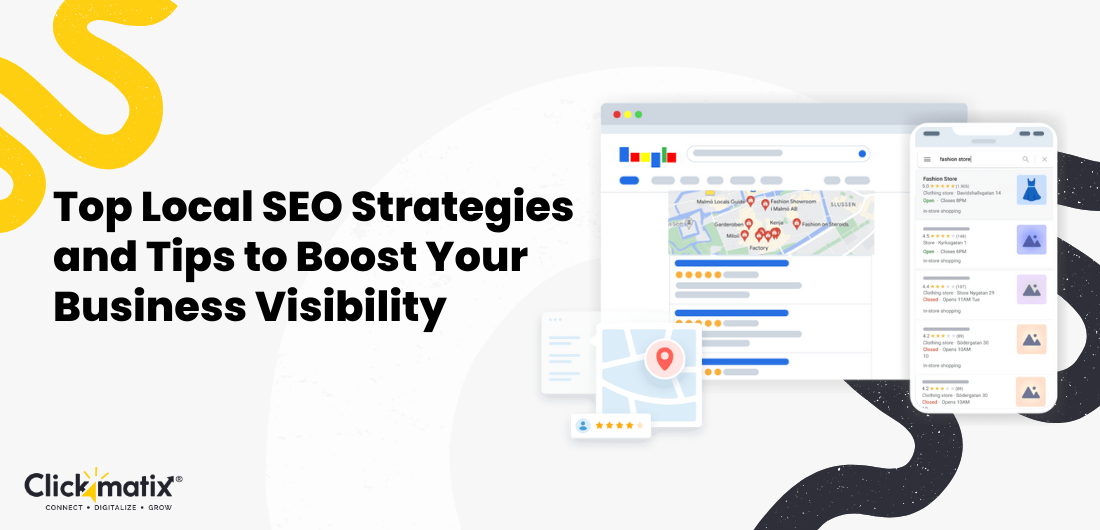

 Australian Owned Agency
Australian Owned Agency Save Time and Money
Save Time and Money Unbeatable Value
Unbeatable Value Where Work Gets Done
Where Work Gets Done